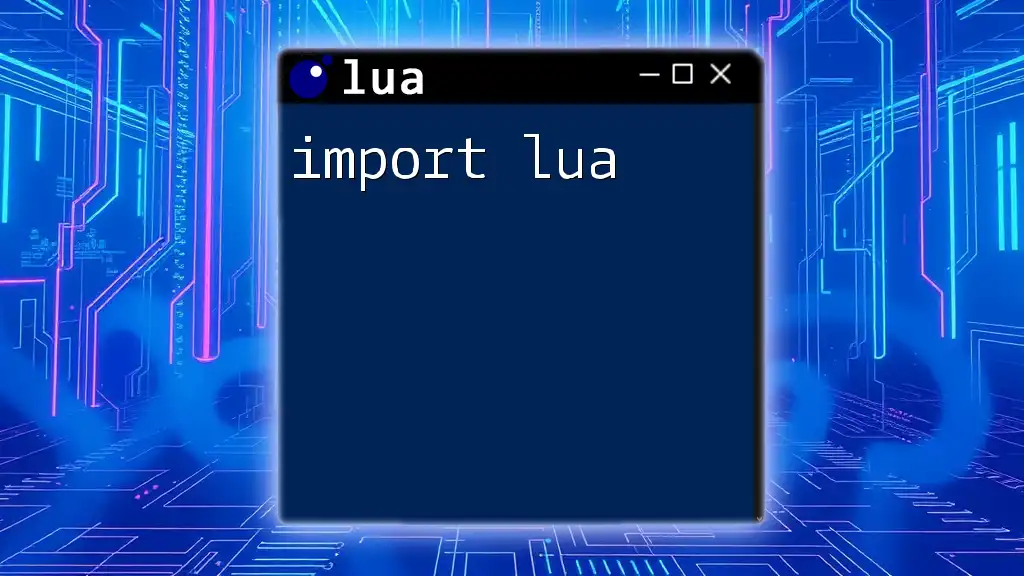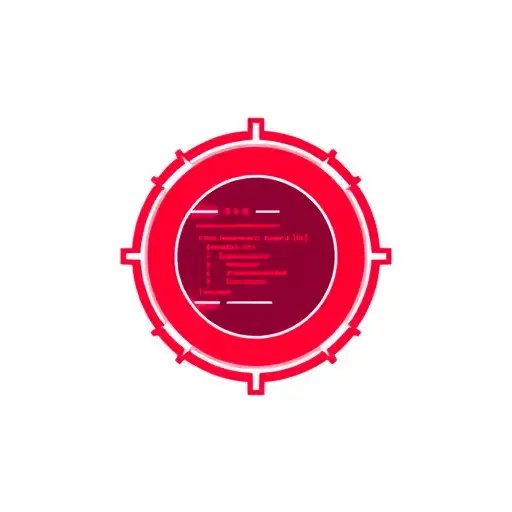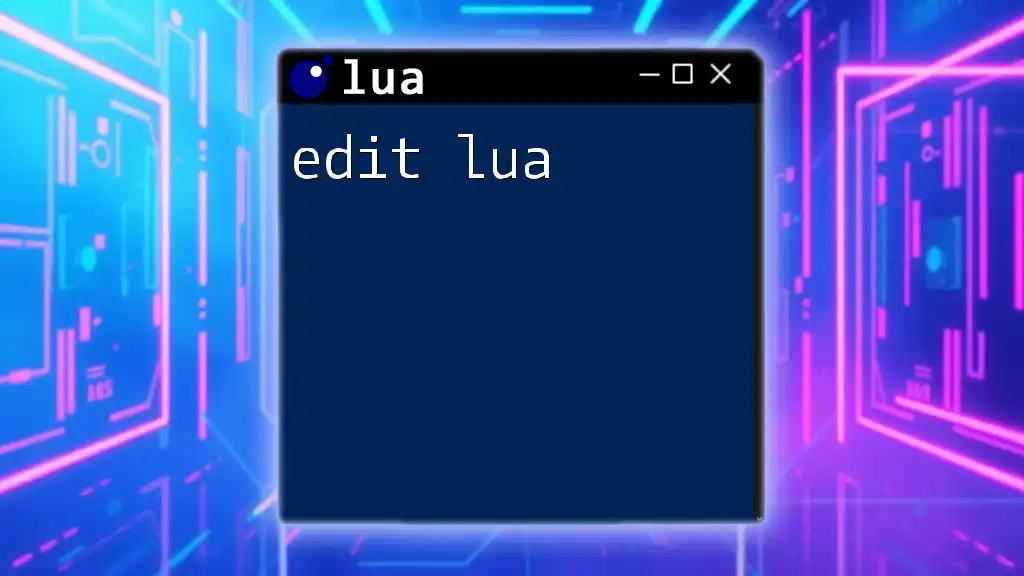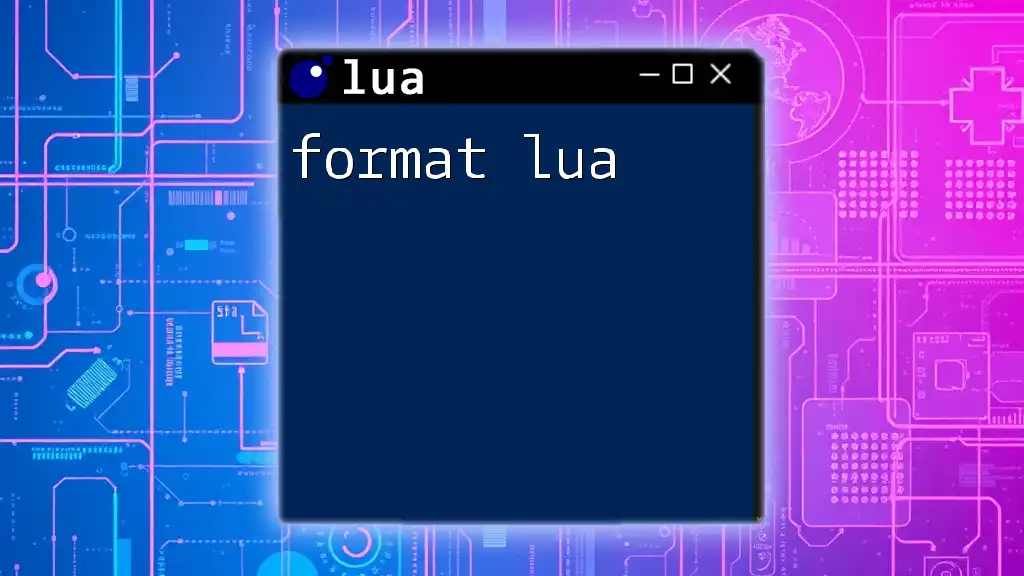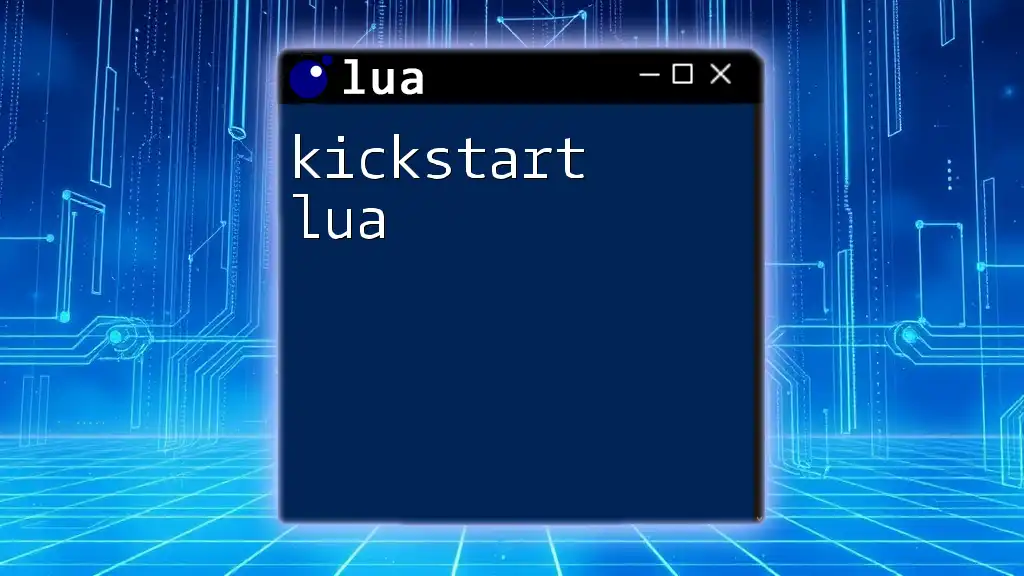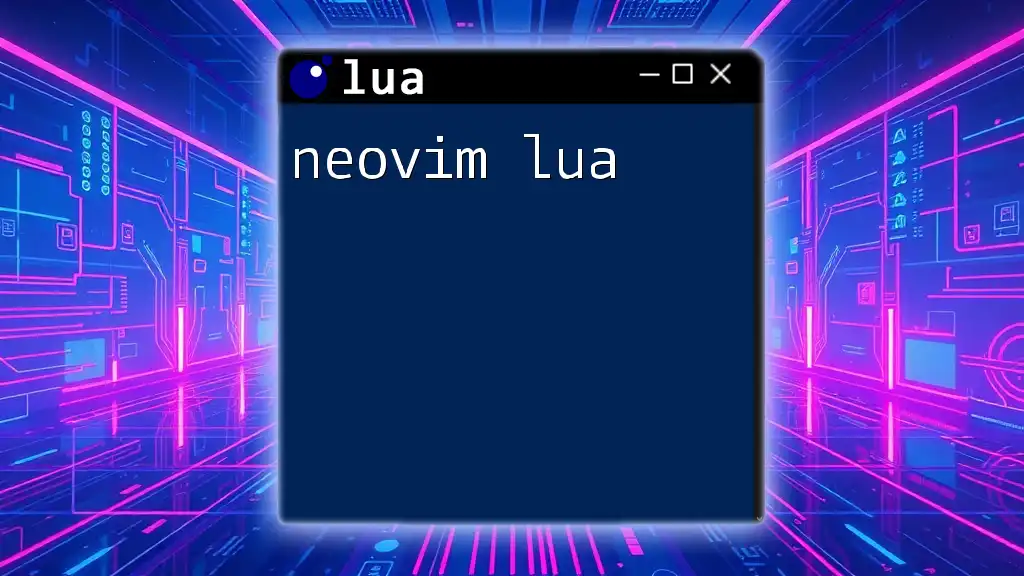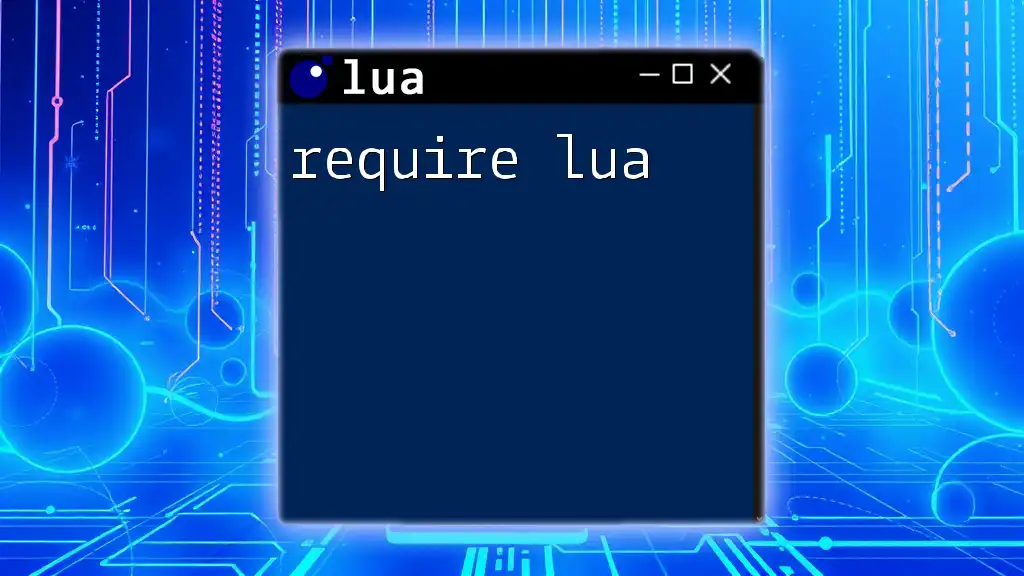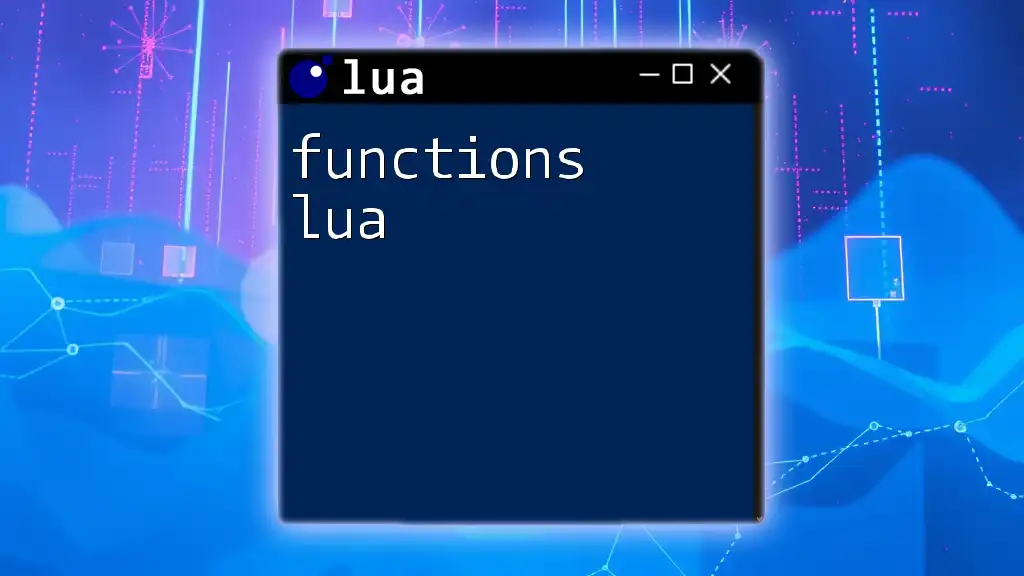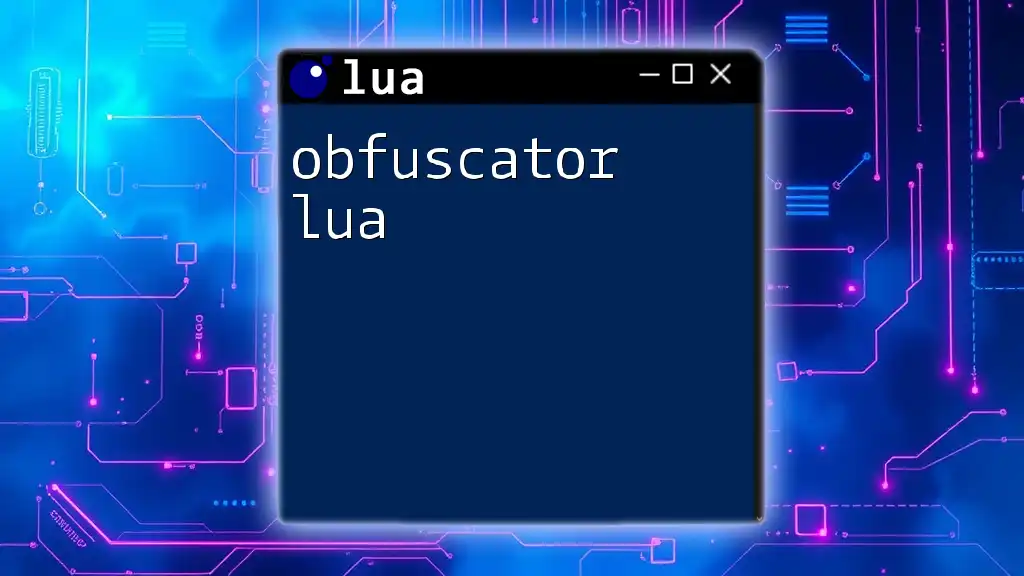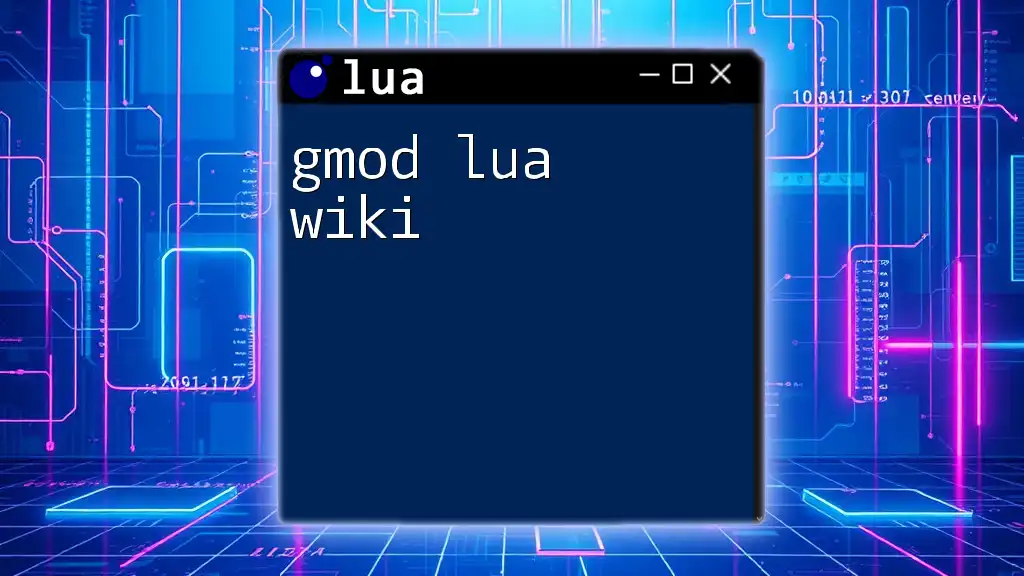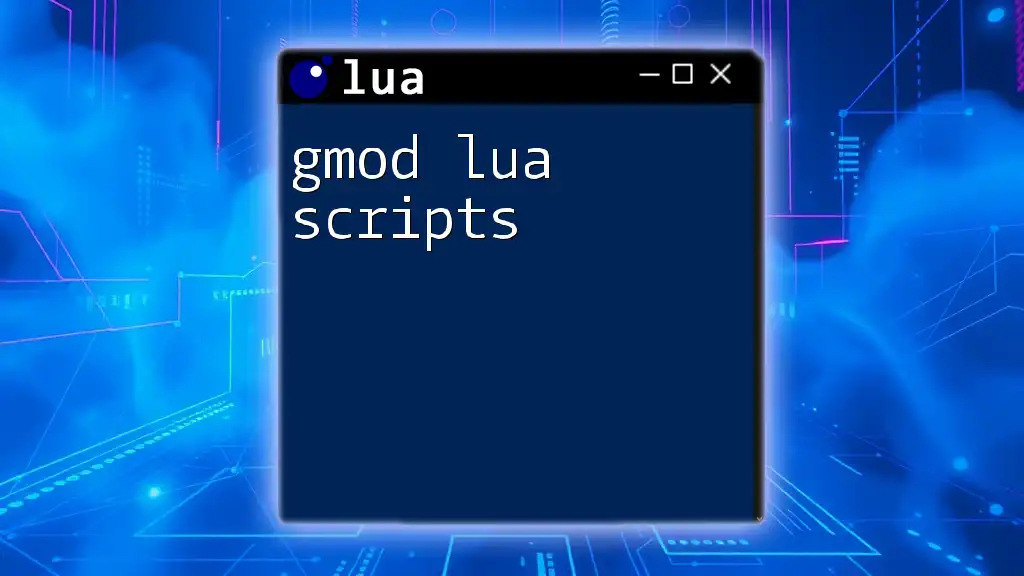In Lua, the `import` functionality is often achieved using the `require` function, which allows you to load external modules or libraries into your script.
Here's a code snippet demonstrating how to use it:
local myModule = require("myModule")
Understanding Lua Modules
What are Lua Modules?
Lua modules are essential components that allow programmers to encapsulate functionality into reusable units. A module is essentially a chunk of Lua code exported from a file, which can then be imported into other Lua scripts. This modular approach not only enhances code organization but also promotes code reusability. In Lua, modules can be either built-in, such as math and string libraries, or user-defined—created by the programmer based on specific application needs.
Why Use Modules?
Utilizing modules in Lua comes with several benefits:
- Code Reusability: Once a module is written, it can be reused across different scripts, saving development time.
- Improved Organization: Separating code into modules fosters better organization, allowing developers to manage larger codebases more effectively.
- Encapsulation: Modules can hide implementation details from the outside, exposing only the necessary components to the user. This results in cleaner and more understandable code.
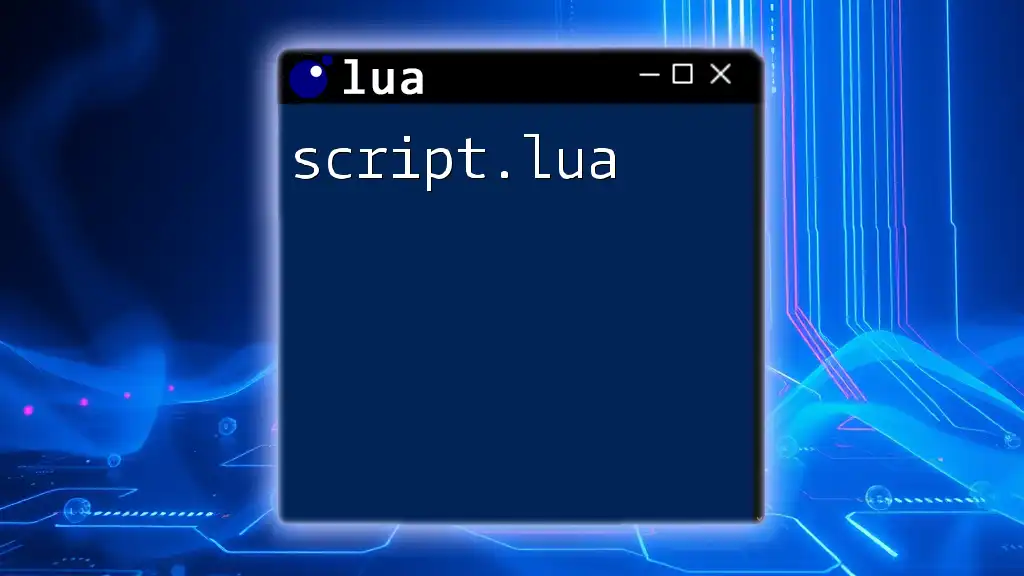
Basic Syntax for Importing Modules
The `require` Function
In Lua, the `require` function is the primary way to import a module. The syntax is simple and straightforward:
require("module_name")
For example, to import the `json` module, one would write:
local json = require("json")
This line tells Lua to load the `json` module and assigns it to the variable `json`. When using `require`, it's also essential to note that Lua will only load a module once. If `require` is called again for the same module, Lua will return the cached version.
How to Import Multiple Modules
It’s common to need multiple modules in a single script. You can do this by calling `require` for each module sequentially:
local json = require("json")
local socket = require("socket")
This code snippet demonstrates how to import both the `json` and `socket` modules simultaneously. Each module will offer its own functionality, enhancing the script's capabilities.
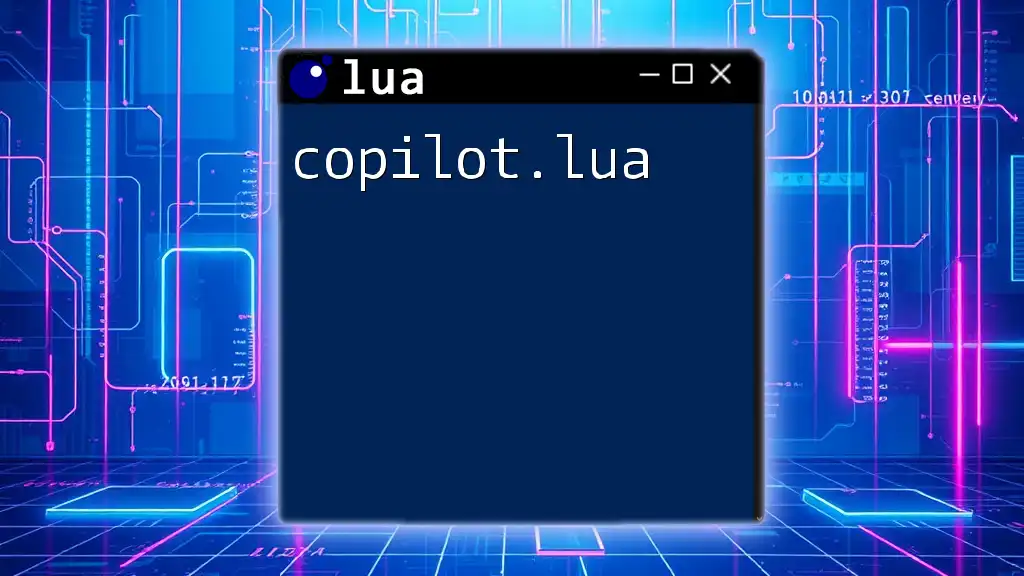
User-Defined Modules
Creating Your Own Module
Creating a user-defined module in Lua involves a few straightforward steps. A typical Lua module should return a table that contains the functions or variables you want to expose to the users of the module. Here's an example module called `mymodule.lua`:
-- mymodule.lua
local mymodule = {}
function mymodule.greet(name)
return "Hello, " .. name
end
return mymodule
In this snippet, we create a local table called `mymodule`, define a function `greet` that concatenates a greeting message with the provided name, and return the table for use in other scripts.
Importing Your Module
Once you've created your module, importing it into your script is simple. Here’s how to import and use the `mymodule` we just created:
local mymodule = require("mymodule")
print(mymodule.greet("World")) -- Output: Hello, World
The `require` function retrieves the `mymodule`, allowing access to the `greet` function defined within it.
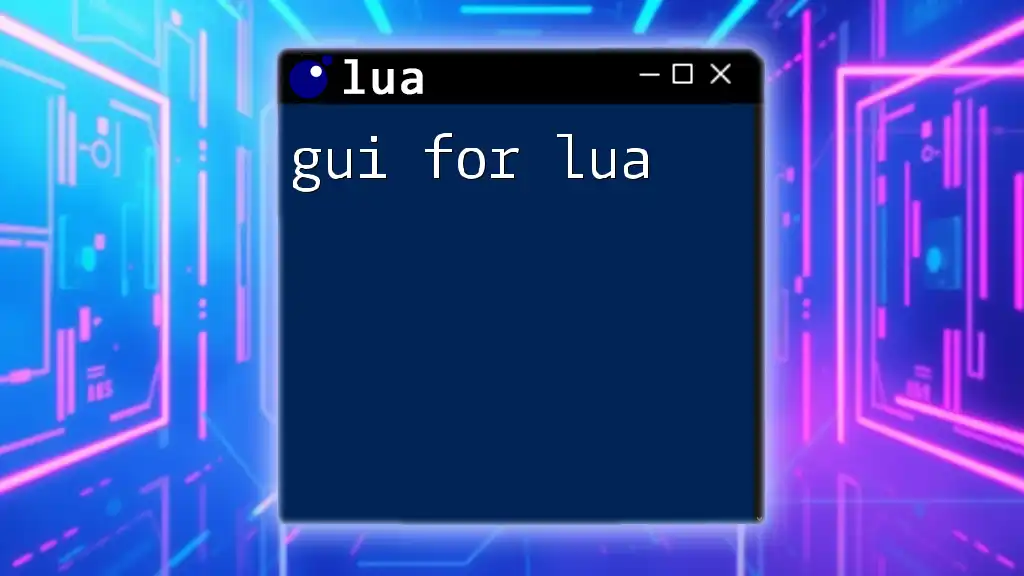
Advanced Module Concepts
Module Names and File Paths
When using the `require` function, understanding how Lua locates modules is crucial. By default, Lua checks its package.path to find the specified module file. This path includes predefined directories, but it can be customized. The length of the search path will directly affect how well modules are imported into your programs.
For example, if Lua cannot locate your module, you might need to check that it resides in a directory specified by package.path.
Using Packages
To expand your capabilities, you can utilize packages managed by LuaRocks, the package manager for Lua. Through LuaRocks, developers can easily install third-party libraries and modules. For example, to install the `luasocket` package, you would run:
luarocks install luasocket
Then, you can import it into your Lua script using:
local socket = require("socket")
Utilizing packages increases productivity while leveraging the power of community-contributed libraries.
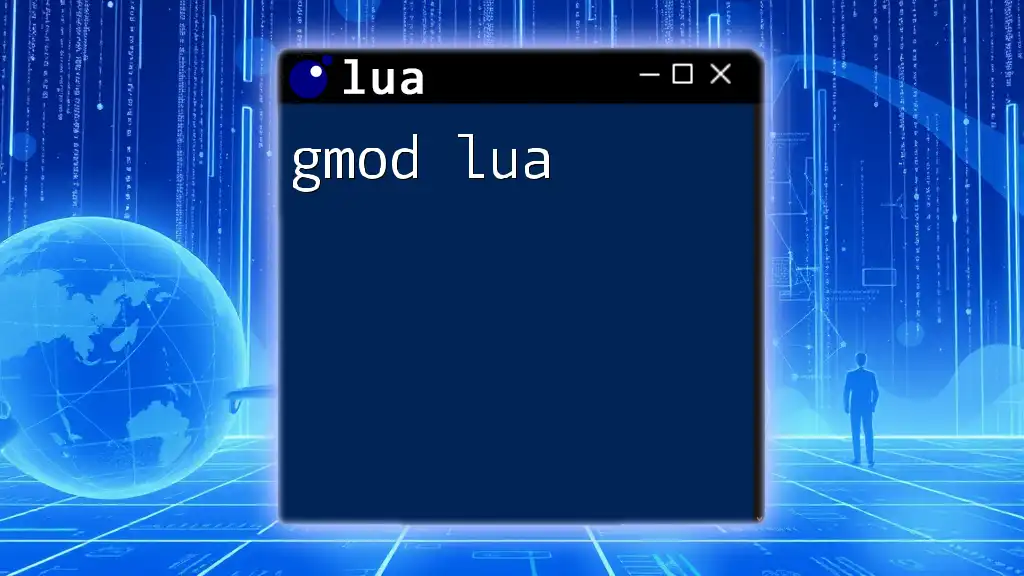
Best Practices for Module Management
Structuring Your Module Files
To maintain clean and efficient code, structuring your module files appropriately is vital. A common practice is to organize modules in a directory structure that mirrors their namespaces, making it easier to manage complex projects.
Version Control
As your projects grow, you might develop multiple versions of the same module. Using clear versioning conventions (like semantic versioning) becomes crucial. This will help you manage different iterations of your module without breaking existing applications.
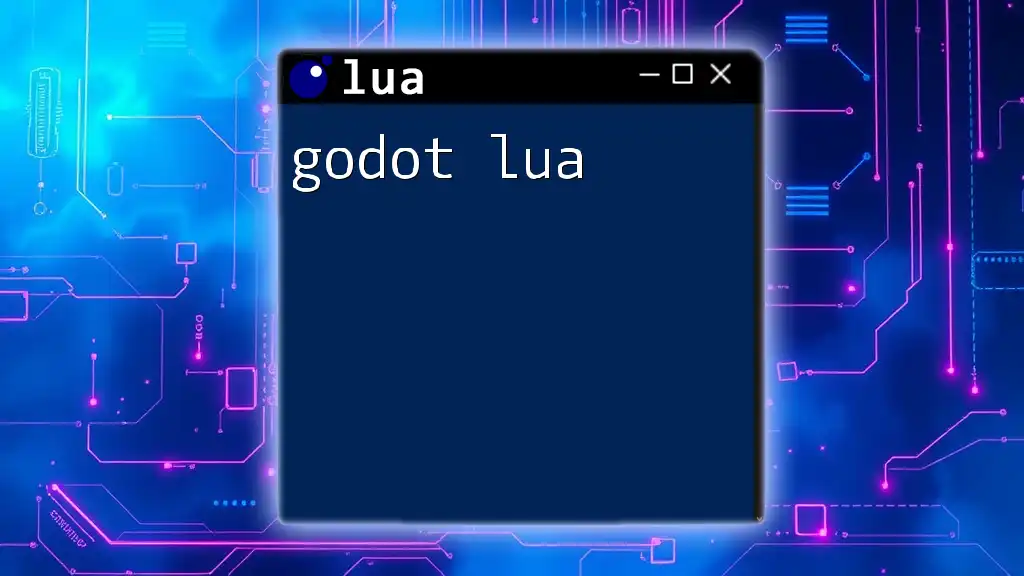
Troubleshooting Common Import Issues
Common Errors Encountered
When importing modules, developers may encounter several common error messages, such as:
- “module not found”
- “attempt to index a nil value”
These messages often indicate that Lua is unable to locate the specified module or that an expected function does not exist within the module.
Solutions and Workarounds
To resolve these import issues, you might want to:
- Double-check the name of the module and ensure it matches the filename exactly.
- Inspect the package.path variable to verify that the necessary directories are included.
You can modify package.path dynamically within your code as well:
package.path = package.path .. ";/your/custom/path/?.lua"
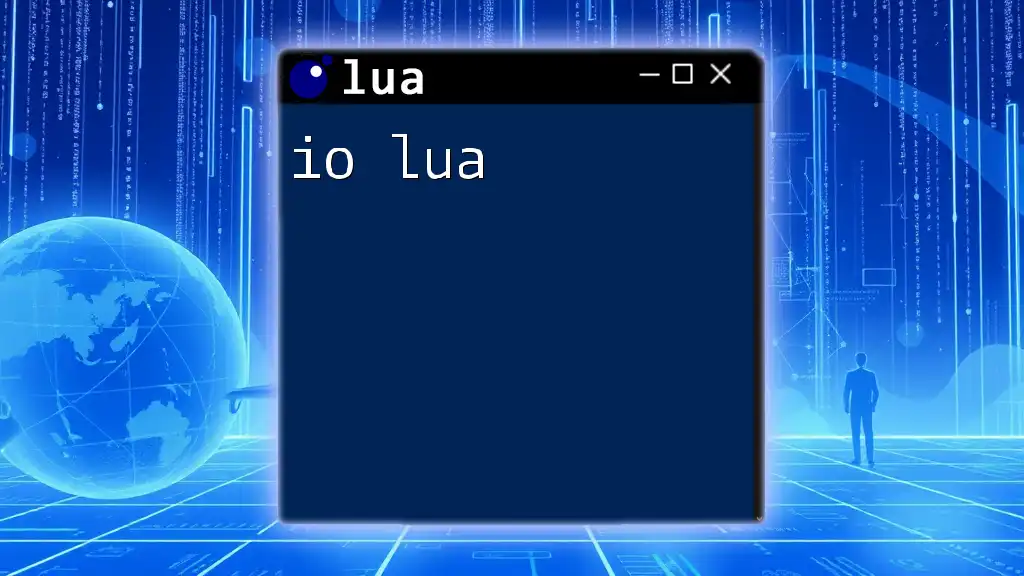
Conclusion
In this guide, we've explored the critical elements related to how to import Lua modules effectively. From understanding modules to creating and troubleshooting them, you now have the foundational knowledge needed to work with Lua's modular architecture. Keep practicing and leveraging these techniques to enhance your Lua programming skills!
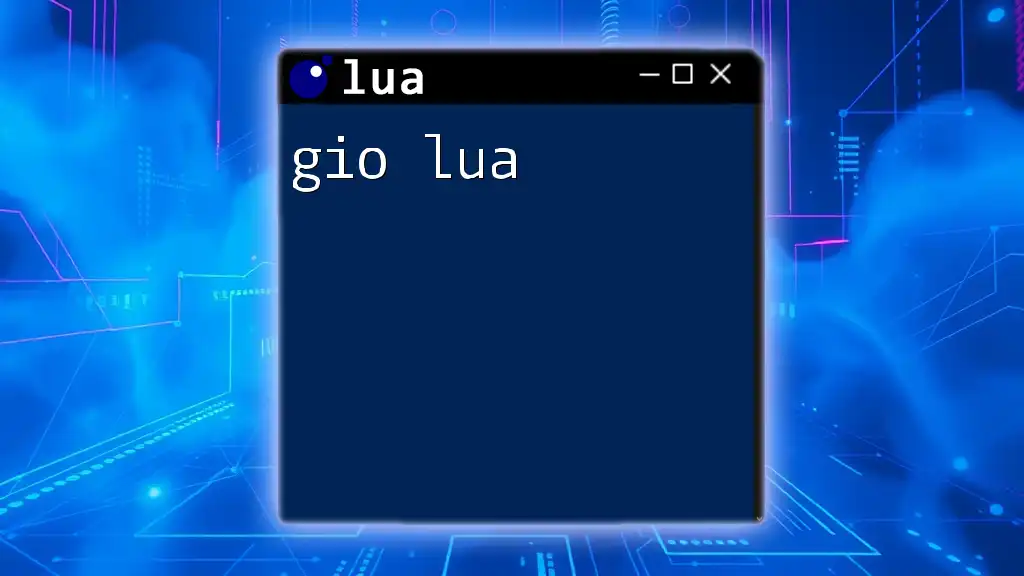
Call to Action
We encourage you to share your experiences with importing and creating Lua modules. If you're looking to deepen your understanding, consider exploring our courses and tutorials dedicated to mastering Lua programming. Happy coding!

